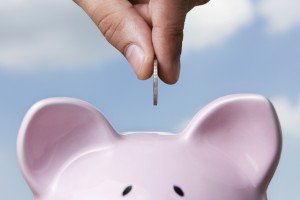We often look back on certain time periods in history, like the Great Depression, and wonder, “How did people manage to get through something like that?” The answer is that they knew how to switch into survival mode. They understood when pride needed to take a back seat to priority and practicality.
No time is this more important for modern people than when they are attempting to work their way out of debt. Seeking Christian financial help and starting a Christian debt relief program is a great starting point toward the goal of a debt free life. However, there are some deep seeded changes that have to take place in the hearts and minds of many people if they ever hope to make “debt free” a way of living.
Changing the way we shop is one of the more difficult areas that people deal with when attempting to revolutionize their finances. For many people shopping is an emotional outlet which serves a few different purposes. One it is a stress relieving distraction for many people. It is their hobby. Secondly shopping, for some people, provides quite the ego massage. Buying a new shiny item, with a chunky price tag makes them feel like a different person for a while, a better person. The problem with all of this is that it is an illusion, it is short lived and it is not financially practical.
If you are attempting to heal your finances through a Christian debt settlement program, then you must seriously evaluate any type of emotional spending.
Shopping is a necessity; we need things, however, it is the way we meet that need that makes all of the difference. When you are in the trenches of your Christian debt management program you will need to look into alternative shopping. Alternative shopping simply means finding new, creative, cheaper ways to get what you need. This includes consignment, clothing swaps, yard sales, Free Cycle programs, Craigslist and yes the old thrift shop.
Sure when buying used you do have to be more careful, but that does not mean thrift shops should be entirely counted out as an alternative shopping venue. There a several myths surrounding thrift shops that prevent people from saving a lot of money on things they really need.
Myth # 1
Thrift shops are dirty. Thrift stores must meet the same standards of cleanliness and safety as all other businesses in your community. Stores such as Goodwill have very strict standards concerning their clothing, furniture and other household items.
Myth # 2
The item I buy won’t work. If you doubt if an item will work or not, ask a salesperson to plug it up so you can operate it. The salespeople are used to this request. Check it out first and see if it works.
Myth # 3
People will make fun of me. This isn’t middle school. You are an adult who needs to spend wisely. If you have people in your life who would mock your desire to get out debt and change your finances your problem lies in the relationship not in the thrift shop.
Myth # 4
They won’t have what I need. This is where thrift shopping can get fun. Each trip is an adventure. You’re on a quest. Sometimes you find what you need. Sometimes you find something better. Sometimes you find something else you needed that you never thought would be there.
If you are already in a Christian debt program then you have the guts to try something new, adding thrift store shopping to the list shouldn’t be too scary.




 In 2007, just 2 million American TV households didn’t pay for some kind of cable, satellite or phone-based television service. Six short years later,
In 2007, just 2 million American TV households didn’t pay for some kind of cable, satellite or phone-based television service. Six short years later, 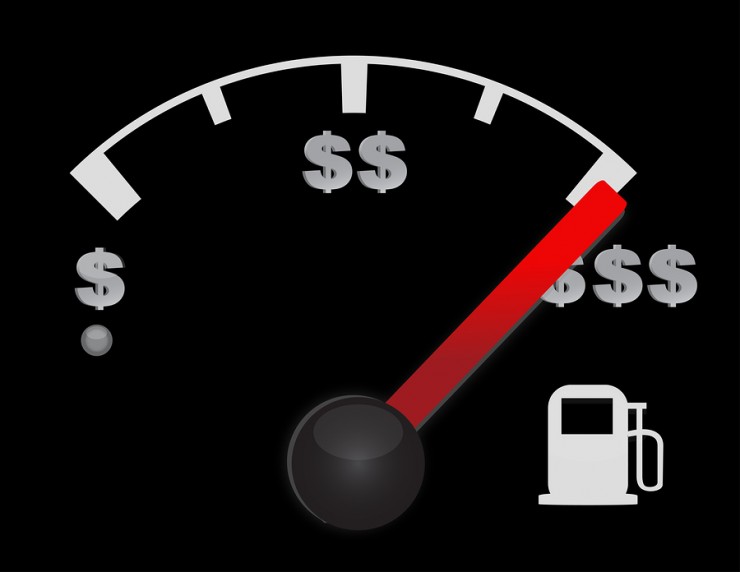
 Nothing
Nothing 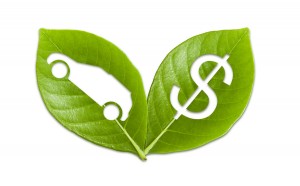

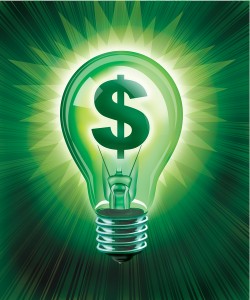 The most basic of energy saving techniques also happens to be the one most people have the least faith in. Do you really believe that one closest light burning all day affects your electrical bill?
The most basic of energy saving techniques also happens to be the one most people have the least faith in. Do you really believe that one closest light burning all day affects your electrical bill? 

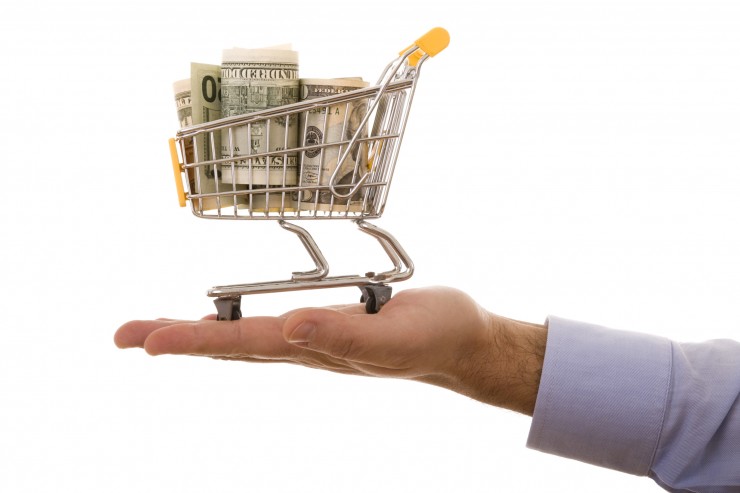
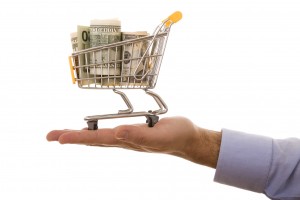



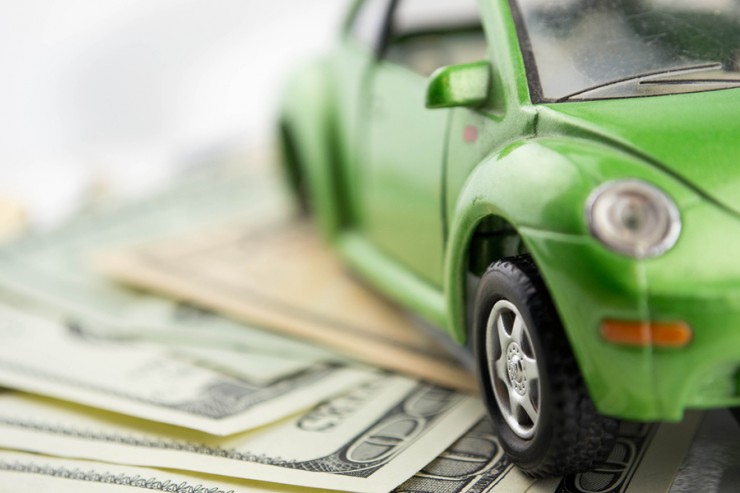

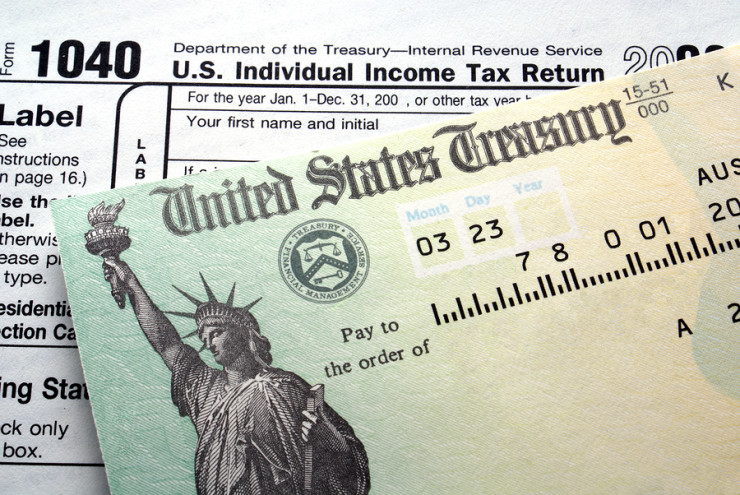
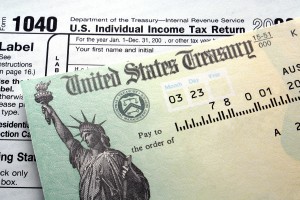 That’s the average individual tax refund Americans got last year. That’s a pretty big chunk of change, and many people wasted it in record time, missing out on an opportunity to make an impact with that money.
That’s the average individual tax refund Americans got last year. That’s a pretty big chunk of change, and many people wasted it in record time, missing out on an opportunity to make an impact with that money.